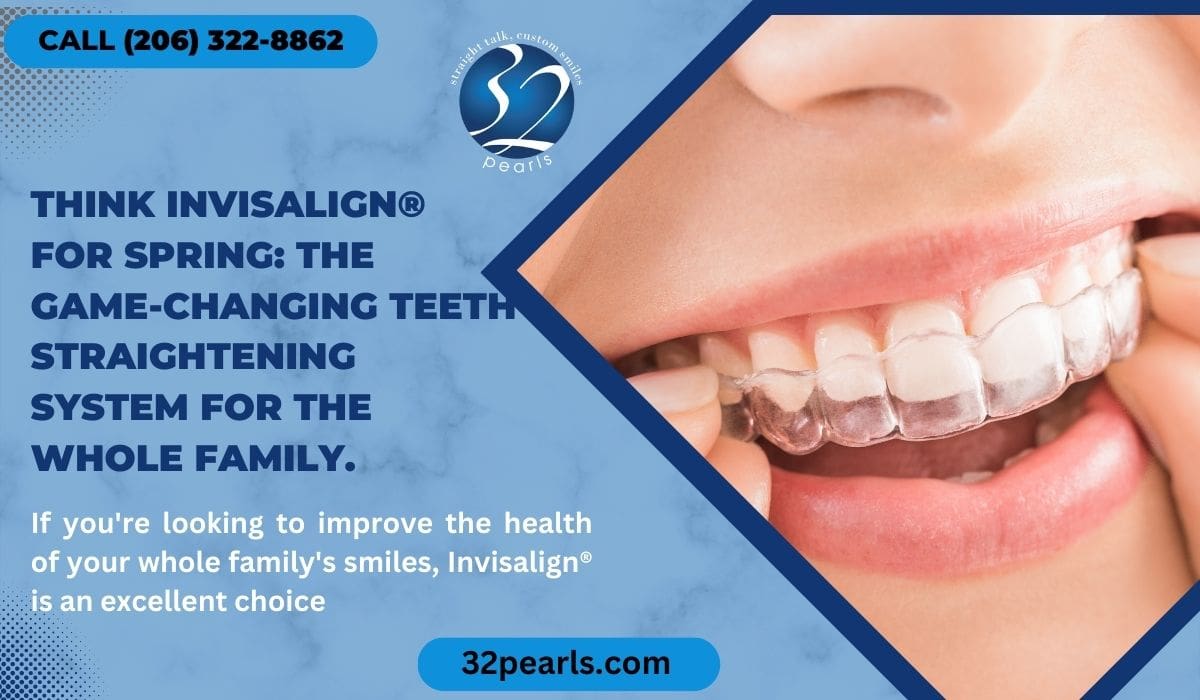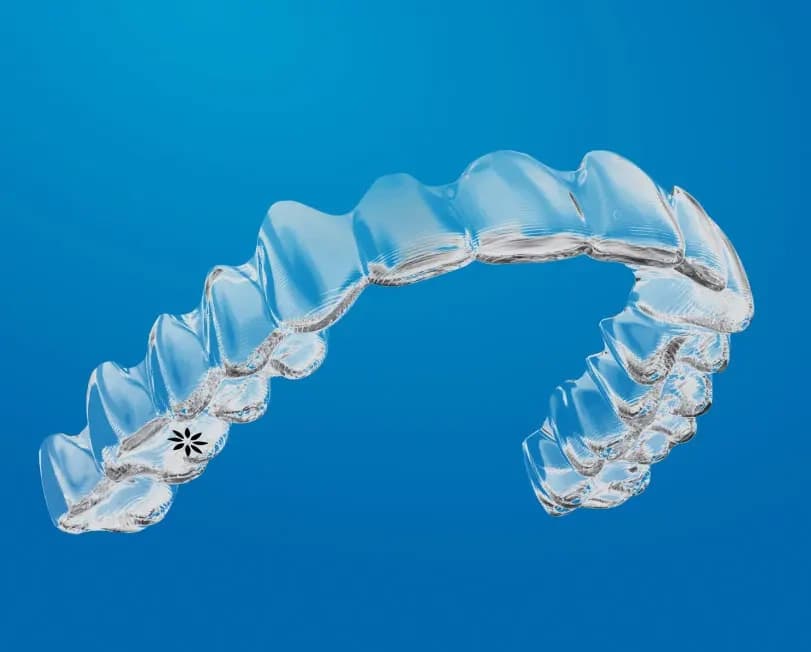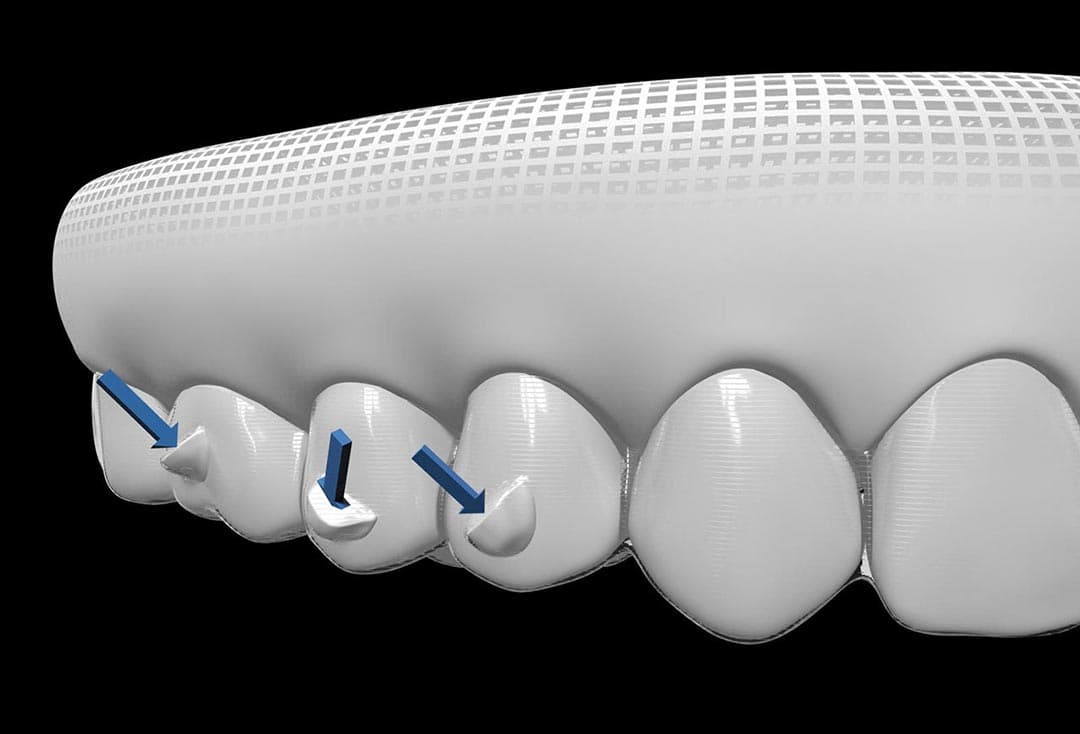The Ultimate Comparison: Invisalign vs. Traditional Braces for Grownups
The Ultimate Comparison: Invisalign vs. Traditional Braces for Grownups
Blog Article
Invisalign vs. Conventional Braces: Which Choice Is Right for You?
When thinking about orthodontic therapy, the option between Invisalign and typical dental braces presents several crucial variables that merit careful examination. Invisalign uses a very discreet alternative with detachable aligners, while standard braces give a much more noticeable yet effective service for extreme imbalance.
Overview of Therapy Options

In comparison, traditional braces are composed of metal braces and cords that are bound to the teeth. This method uses constant stress with time to accomplish placement. While reliable for complicated orthodontic problems, conventional dental braces require regular visits for changes and can position difficulties in maintaining oral health as a result of the trouble of cleaning up around braces and wires.
Both choices have their qualities, and the choice usually depends upon details oral problems, way of living preferences, and individual compliance. Inevitably, consulting an orthodontic expert is crucial for determining one of the most suitable treatment plan tailored to private demands. Understanding the nuances of each alternative can considerably affect the general success of orthodontic therapy.
Aesthetic Considerations
A significant variable affecting the option between Invisalign and conventional braces is the aesthetic charm each therapy supplies. Invisalign aligners are crafted from clear plastic, making them practically invisible when used. This very discreet appearance is particularly attracting grownups and teenagers who may really feel uneasy concerning their orthodontic treatment. The ability to preserve an all-natural smile throughout the alignment process can substantially enhance the individual's self-confidence in expert and social settings.
On the other hand, traditional dental braces contain metal brackets and cables, which can be more visible. While advancements in orthodontic technology have led to the development of smaller brackets and colored elastics, standard braces still keep a more obvious profile. For some individuals, the exposure of braces may deter them from looking for required therapy.
Inevitably, the option between Invisalign and typical braces might depend upon individual preferences concerning appearances. Clients that prioritize discretion commonly favor Invisalign, while those who are less worried about presence may select traditional dental braces. Comprehending the aesthetic ramifications of each choice is essential for making an informed decision that aligns with one's way of living and choices.
Convenience and Convenience

In regards to comfort, Invisalign aligners are removable, making more tips here it possible for individuals to enjoy their favorite foods without constraint and preserve optimum dental health. Cleaning and flossing are streamlined, as the aligners can be secured throughout these routines, whereas traditional dental braces require cautious steering around braces and wires.
In contrast, typical braces require regular modifications, making them much less practical for those with active timetables. Overall, the convenience and comfort of Invisalign make it an attractive selection for many individuals looking for orthodontic treatment.
Therapy Period and Effectiveness
While both Invisalign and conventional dental braces work in fixing dental misalignments, the period of therapy can differ considerably in between the two options. Normally, Invisalign therapy can take anywhere from 12 to 18 months, depending upon the intricacy of the case. The clear aligners function by gradually changing teeth right into their preferred placements, and normal follow-ups with an orthodontist aid ensure development stays on course.
On the other hand, typical braces commonly require a longer commitment, usually ranging from 18 months to three years. This results from their fixed nature and the use of braces and cables, which can be much more efficient for severe misalignments and complex cases (Invisalign). The treatment effectiveness of typical braces dig this is well-documented, as they enable precise adjustments and greater control over tooth activity
Inevitably, the selection between Invisalign and traditional dental braces might depend upon both the expected treatment period and the certain dental problems available. Consulting with an orthodontist is important, as they can offer customized suggestions based upon specific demands, guaranteeing the chosen technique lines up with preferred timeframes and results.
Price Contrast and Insurance Choices
Expense plays a significant duty in the decision-making process for people considering orthodontic treatment, whether going with Invisalign or traditional braces. On standard, the cost of Invisalign arrays from $3,000 to $8,000, while typical dental braces typically set you back between $2,000 and $6,000. Variables affecting these costs consist of the complexity of the case, the duration of therapy, and geographical place.
Insurance coverage can significantly affect out-of-pocket expenditures. Numerous oral insurance coverage strategies give partial insurance coverage for orthodontic therapies, however the specifics can differ widely. It is vital for people to examine their insurance coverage to figure out the degree of insurance coverage for either choice. Normally, traditional braces might be a lot more often covered by insurance coverage plans compared to Invisalign, which some insurance firms classify as an aesthetic treatment.
In addition, numerous orthodontic techniques use adaptable repayment plans, making both therapy choices a lot more easily accessible. Patients should ask concerning potential funding choices and price cuts for in advance settlements. Reviewing the complete expense, including insurance benefits learn the facts here now and layaway plan, is essential for making an informed choice that straightens with both aesthetic preferences and spending plan considerations.

Verdict
In summary, the option between Invisalign and conventional braces rests on numerous elements, consisting of visual choices, convenience, therapy period, and cost. Invisalign offers a discreet, removable option that facilitates oral hygiene and dietary versatility, while traditional braces may be preferable for intricate dental issues and typically come with a lower rate factor. Inevitably, assessment with an orthodontist is vital to examine individual situations and figure out one of the most proper therapy option for achieving ideal dental alignment.
When considering orthodontic therapy, the choice in between Invisalign and traditional dental braces offers numerous important variables that warrant careful analysis.Comparing Invisalign and standard braces reveals unique treatment choices for orthodontic modification.While both Invisalign and conventional dental braces are reliable in dealing with oral misalignments, the period of therapy can differ significantly in between the 2 options.Expense plays a significant duty in the decision-making process for individuals considering orthodontic therapy, whether choosing for Invisalign or standard dental braces.In summary, the selection in between Invisalign and conventional braces pivots on several aspects, including visual preferences, comfort, treatment duration, and expense.
Report this page